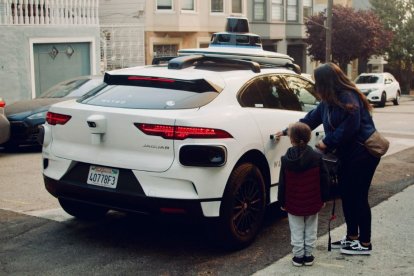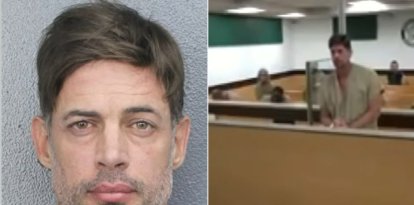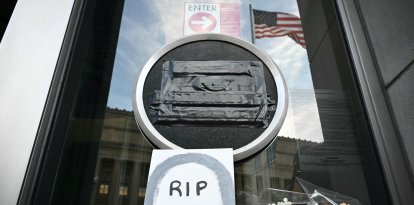Driverless robotaxis hit the gas amid controversy
Companies offering rides with driverless vehicles are expanding, while complaints from authorities and emergency services are on the rise.

(Waymo)
Ride-sharing companies are pushing towards a future of self-driving fleets in the U.S. However, authorities may be hitting the brakes. While these self-driving vehicles, popularly known as robotaxis, are being tested and approved in more U.S. cities, controversy has arisen over their impact on traffic. Videos have surfaced of these videos causing traffic jams and posing risk to emergency services such as police, ambulances and firefighters.
Three companies currently operating in four cities
Currently, three companies (Waymo, Cruise and Motional) offer robotaxi services in four cities: Austin, Texas; San Francisco; Phoenix and Las Vegas. Waymo and Cruise (owned by General Motors) have invested tens of billions of dollars in developing their models and present very aggressive expansion plans for the near future. Motional, which has offered its service in Las Vegas for years, has prepared a more gradual Launch.
San Francisco and Phoenix have self-driving vehicles from Waymo and Cruise. The GM subsidiary also operates in Austin, while Waymo is preparing to launch in Los Angeles County. Trials are underway in 14 other cities, especially in the Sun Belt, as the climate and legislation are much more suitable for this developing technology. In fact, both companies expect their test models in Seattle; San Diego; Miami; Nashville, Tenn.; Raleigh, N.C.; Charlotte, N.C.; Atlanta; Washington; Dallas and Houston throughout this year.
Robotaxis: a headache for San Francisco
The most problematic case so far has been in San Francisco. In total, according to The Washington Examiner, the robotaxi fleet currently exceeds 600 cars in the city. According to Waymo's website, between San Francisco and Phoenix, citizens take approximately 10,000 weekly trips with the one company alone. However, despite the fact that the state of California has given the green light to the development of the programs for both companies, city authorities have demanded that it be revoked due to the problems that these fleets have caused for the city.
In addition to traffic jams, the vehicles have displayed a failure to react to unforeseen events. Citizens have shared photos of these vehicles getting stuck on newly paved roads. The main complaint has come from emergency services, which have been unable to respond to urgent situations because the streets are blocked by driverless cars that do not properly react to emergency lights and sirens.
San Francisco Fire Department reports 39 incidents in six months
Jeanine Nicholson, chief of the San Francisco Fire Department, reported at the end of June that her department responded to 39 incidents involving robotaxis the first six months of 2023 alone. In addition, on Aug. 18, a driverless Cruise vehicle collided with a fire truck responding to an emergency after failing to respond to the fire truck's emergency lights and sirens.
Nicholson said politicians are only taking into account the number of accidents in involving these vehicles while ignoring traffic flow problems, such as street blockages and interference with emergency responders. The firefighters' report includes incidents in which fire trucks had to reverse off one-way streets blocked by driverless cars as well as robotaxis blocking fire hydrants. Police joined in these complaints days later.
When a situation occurs where one of these cars compromises an emergency-response vehicle, authorities must contact the company so that an operator can move the car remotely. Sometimes, a company worker must go to the car's physical location in order to move it. On one occasion, firefighters reported that they were forced to break the car's window to get it to move.
Reduction in the number of accidents
Companies and advocates for this technology claim that it will reduce the number of accidents. They argue that these vehicles, which utilize artificial intelligence, exhaustive maps of the cities they operate in, and a system of cameras and sensors, are not affected by distractions or fatigue, nor do they drive while drunk or under the influence of drugs.
RECOMMENDATION





















